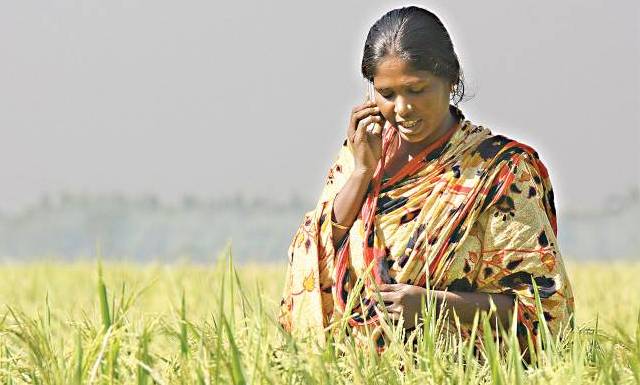
There is no drop in call drops at a time when TRAI and Indian telecoms are fighting out in Delhi courts to show their supremacy.
TRAI, according to the latest report available which was based on tests conducted between June 2015 and January 2016, conveys that mobile operators had a call drop rate of as much as 24.59 percent for 2G services and 16.13 percent for 3G services.
TRAI added that the worst affected call drop rate increased to 24.59 percent during the April-June 2015 period from 12.50 percent in January-March 2015 period for 2G services whereas for 3G services, the call drop rate increased to 16.13 percent from 15.96 percent in the preceding quarter.
As per the report, the operators, which are not meeting the call drop benchmark for 2G services include Aircel and BSNL while those worst affected by congestion are Aircel, BSNL, Telenor and Tata Teleservices.
Aircel, Telenor and Tata GSM also lack on the call setup standards set by the regulator, which should be more than or equal to 95 percent. Cells of Aircel, BSNL, Tata GSM, Tata CDMA, Vodafone etc. suffer more that 3 percent TCH drop.
Also, voice quality of Aircel, Telenor and BSNL leave a lot to be desired with conditions quite low than the expected par of 95 percent, with BSNL going as low as 64 percent in the Himachal Pradesh. Call centers and customer services of Aircel, Airtel, Reliance Communications, Vodafone and Tata Docomo fail to meet benchmarks at various points.
Most call drops take place due to interference and other quality-related issues. While lack of spectrum and high user concentration is to take the blame for some of these problems, effective network optimization is believed to lead to a significant reduction in call drop problems.
It has also been reported that the users of high range smartphones have the lowest call drops, while those using mid-range smartphones experience up to 22 percent more call drops than high range smartphone users. Also, those using low range smartphones are subjected to 67 percent more call drops than users with high range smartphones.
Predominantly, the telecoms like Aircel, Tata Docomo, Telenor and BSNL are found lacking in terms of various QoS factors and have to be tailored at many points with many issues to be resolved, along-with the need for addition of extra infrastructure, so that these networks can meet the benchmarks set up by the regulator.
To fight against TRAI regulation imposing telecoms to pay compensation to mobile subscribers for call drops, Indian telecoms approached the Delhi High Court. TRAI regulation mandated them to pay subscribers Rs 1 for every call drop they experience on their network, subject to a cap of three call drops a day, starting from January 1, 2016.
TRAI on test drive
TRAI has given out a report this year based on tests conducted from June 2015 to January 2016 across 600km for Delhi and Mumbai, and 300km for the other cities, including Pune. The report has been based on the data given by telecom operators on their quality of service every quarter. The regulatory body undertook a larger audit and assessment of quality of service through independent agencies to verify their claims, following increasing number of complaints.
The report has summarized that Pune suffers the most from call drops and quality related issues, among the seven cities the Telecom Regulatory Authority of India has conducted tests in. The city is plagued by the worst followed by Mumbai, Delhi, Kolkata, Surat, Bhubaneswar and Indore. In Pune, Mumbai and Bhubaneswar, the quality of service has been recorded to be below the set standards and the “QoS (quality of service) has also been steadily declining exponentially”, conveys the report by the regulatory authority.
The regulatory body also observed that the call drop rates have improved in the national capital, Delhi. On the contrary in Mumbai, it was far beyond the Telecom Regulatory Authority of India (TRAI) limit for the most telecom operators. “There are various reasons for call drops, including network and spectrum issues,” conveyed an official of TRAI.
More towers
Inspite of 4000,000 towers being eradicated across the country recently, problems relating to poor infrastructure such as insufficient towers still persist. This is in addition to the 60,000 towers installed in the last few months. The growing number of mobile phone users and high data flow is believed to be the main reason behind the continuing customer inconvenience and call drops.
Also, service providers are not meeting the need for the installation of additional cell sites, which when added to the shutting down of operational cell sites, is leading to serious connectivity issues for the customers. This is ending up in coverage gaps, call drops, network congestion, poor Quality of Services (QoS), increase in overall cost, and complexity of the telecom network.
Vina Krishnan
[email protected]





